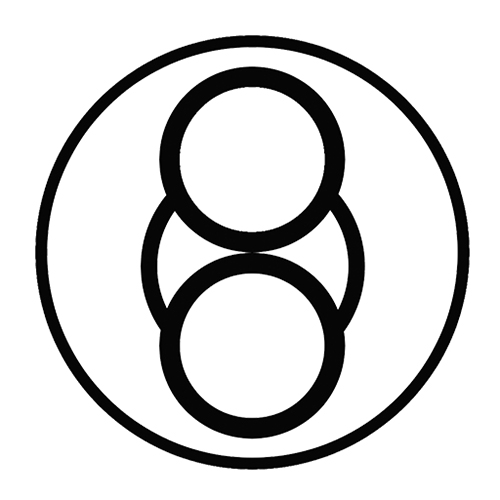Chinese Incense Culture

Chinese incense has been used for thousands of years to purify, cleanse and relax. During this time, incense it is considered one of the highest quality varieties of incense smoked in the world.
Join us to learn about the history, uses and types of Chinese incense. You'll discover where to buy the best Chinese incense for yourself, including at thread incense stores, as well as destinations within China that have been around for thousands of years.
Incense is a naturally occurring aromatic material, such as bark or herbs, that releases a fragrant smoke when burned. Today, it can be all-natural or man-made. The Chinese word for incense is (香). The same Chinese character is used to translate the word for odor or fragrance.
Specialized makers of Jung Dragons began creating their own incense, honing and perfecting an already ancient craft. Combining ancient and modern techniques, an industry dedicated to high quality smoked incense using only the finest traditional ingredients was born.
Chinese incense is usually made with sandalwood, incense, resins and/or essential oils. Some incense is made from pure plant ingredients; others contain oils and dyes certified by the International Fragrance Association (IFRA).
The incense trees incense and sandalwood are the main ingredients in Chinese incense. These trees secrete an aromatic resin that turns into (incense wood) over time. Incense is very valuable because of its high oil content and superior fragrance.
In fact, due to depletion of resources, many of the trees and herbs used in incense making are becoming rarer and therefore more expensive. Only the most avid incense smokers and connoisseurs seek out these priceless varieties.
Like other types of incense, the Chinese version has countless uses. It is burned for religious ceremonies, meditation, aromatherapy, relaxation, fumigation, cleansing, perfuming, or simply to provide a pleasing scent, much like the West uses the scent of hundreds of flowers and essential oils.
In the past, incense was lit in the home to aid in fumigation or used as an insect repellent. Everyone from royalty to commoners used incense to purify the body and mind.
Incense is still believed to purify religious spaces and the mind. Scent has a strong connection to the brain, especially with memory, so getting into the habit of burning incense while praying or meditating is an excellent way to get into the right headspace.
Prepare and enjoy incense when reading and meeting guests and in meetings. Typically, a small piece of incense wood is heated on a small plate heated from below by charcoal. This is all kept in a small ceramic incense burner. Various other tools are used to prepare and smoke the incense game. To experience something like kudo for yourself, check out this incense listening class in Kyoto.
There are two main types of incense in China:
Smoked incense: heating or smothering small pieces of fragrant wood
Yaki incense: directly burned incense in the form of sticks or cones made from a paste
Heated incense consists of heating aromatic material over a piece of hot charcoal embedded in ashes. Using this method produces a mild, almost invisible smoke. After use, the aromatic material is charred, but there are no ashes. Incense and sandalwood fall into this category.
When using burnt incense, the fragrant material is burned directly. This type of smoke is more intense and can cover a larger area. At the end of the burning process, the incense turns to ash. Burnt incense includes stick incense as well as incense made from natural plant binders such as the ground bark of forbidden trees.
The third category involves the enjoyment of unburned or heated incense in its original form. This type is usually in the form of powdered or wrapped incense flakes in a sachet.
Each type is used for different purposes. For example, is made from chopped and mixed aromatic materials for fumigating and cleaning large spaces.
Binder-based incense dominates the Japanese incense pillar market. It is made by mixing binder powder with powdered fragrances and water. Cheap stick incense can be made by forming binder sticks and dipping them in synthetic essential oils. More expensive versions are usually pure blends of quality aromatic materials mixed with 10% or less binder.
